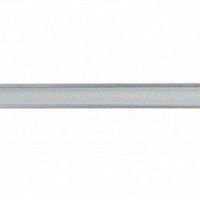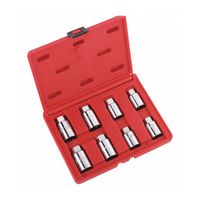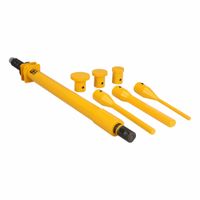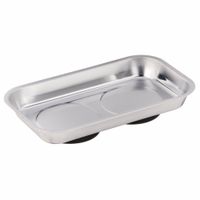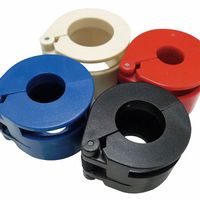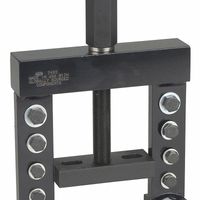Magnetic parts trays and tool holders offer several benefits to mechanics, enhancing efficiency and organization in the workspace. These tools are designed to securely hold small metal parts, tools, and fasteners, preventing loss and misplacement during repairs and maintenance tasks.
Firstly, magnetic trays and holders help in maintaining organization. Mechanics often work with numerous small components like screws, nuts, and bolts, which can easily get lost. Magnetic trays keep these items in one place, reducing the time spent searching for lost parts and ensuring that all components are accounted for during reassembly.
Secondly, they enhance productivity. By keeping tools and parts within easy reach, magnetic holders minimize the need for mechanics to move around the workspace to retrieve items. This convenience allows mechanics to focus more on the task at hand, improving workflow and reducing downtime.
Thirdly, these tools contribute to a safer work environment. Loose parts scattered around can pose tripping hazards or cause damage if they fall into machinery. Magnetic trays and holders prevent such issues by securing items in place, thus maintaining a tidy and hazard-free workspace.
Additionally, magnetic tool holders can be mounted on walls or toolboxes, optimizing space utilization. This feature is particularly beneficial in crowded workshops where space is at a premium. By keeping tools organized and accessible, mechanics can maximize their workspace efficiency.
Lastly, magnetic trays and holders are versatile and durable. They can be used in various settings, from automotive repair shops to home garages, and are typically made from robust materials that withstand harsh workshop conditions.
In summary, magnetic parts trays and tool holders are invaluable for mechanics, offering organization, productivity, safety, space optimization, and durability, ultimately leading to more efficient and effective work processes.
